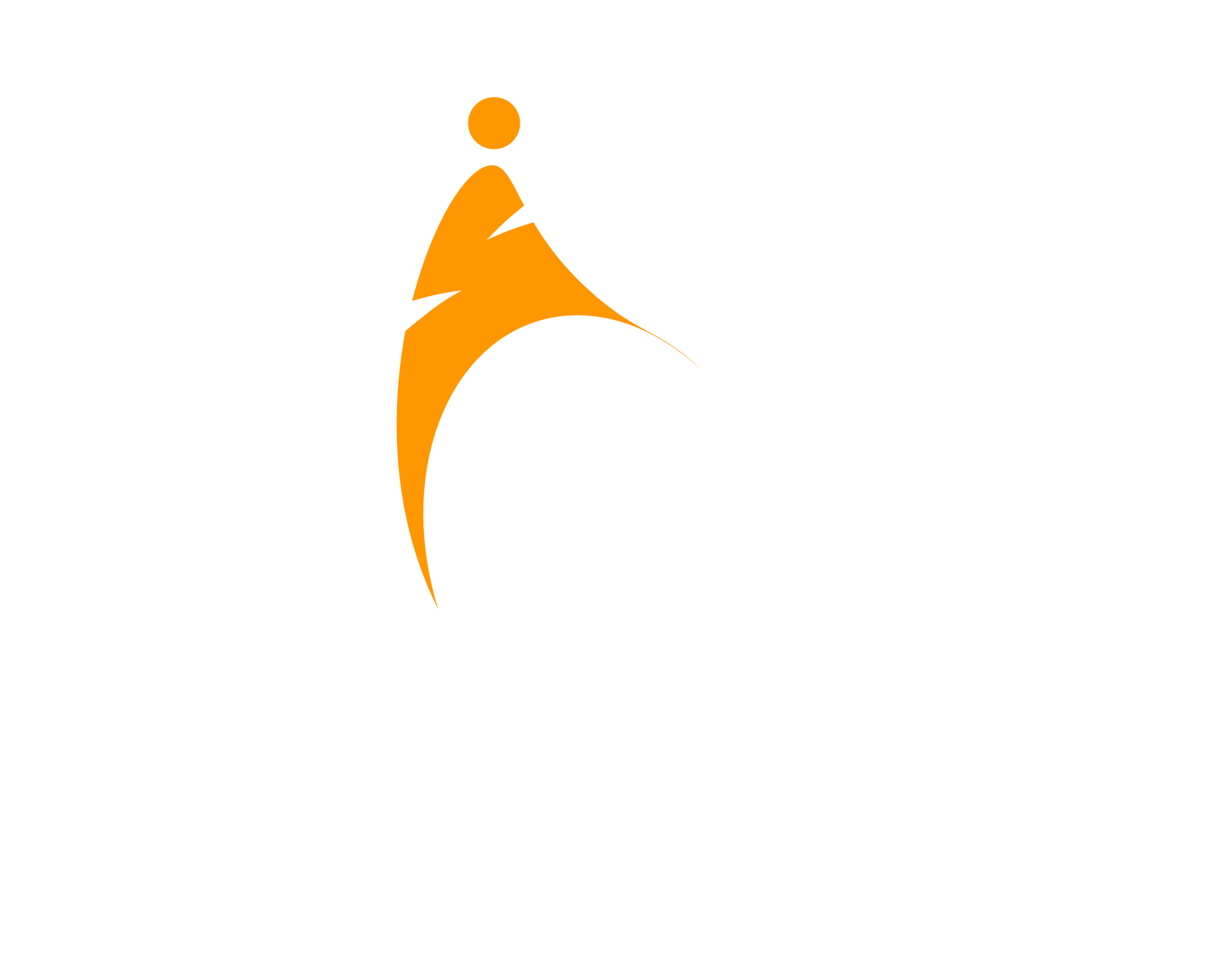Humble beginings

The decision to author this newsletter emerged following a panel discussion where I expressed my mixed feelings regarding Large Language Models, specifically ChatGPT.
Despite my reservations, I found myself frequently using ChatGPT to structure content and summarize thoughts—an essential facet of a CEO's role, which was my role at the time.
While I have always prided myself on my proficiency with written communication, ChatGPT has undeniably enhanced this process. Some of my associates have opined that this tool aids in producing more content, but not necessarily better quality. They cited examples of successful content I created showcasing a personal touch, claiming that they can distinguish when I employ ChatGPT.
Interestingly, they pointed to posts created with ChatGPT assistance as those epitomizing my personality and clear communication style. This intrigued me, leading me to further experiment with ChatGPT for this purpose, using precise prompts primarily for content structuring and discovering various ways to express the same idea.
At first, I planned to put these ideas into a book and I got right to it.
I really liked the idea of co-writing a book with a robot partner. At times it felt like talking to Viktor Pelevin's Porfiry Petrovich, a literary-police algorithm that writes books about the crimes he solves by spying on people in the Metaverse.
Of course, it was nothing like that, but it was kind of interesting to roleplay.

Although I used an LLM, the ideas remained my own, I also utilized third parties for fact-checking.
Through this writing approach, I noticed several benefits:
1) Writing a book has always been a time-consuming endeavor for me (well, duh!) The necessity to learn the craft, draft, and edit post-feedback was overwhelming. However, if one can create meaningful content while pursuing other activities, it could revolutionize the writing process.
2) Without professional writing training or a ghostwriter, I was able to use an LLM to write a book. This streamlined and personal process meant I could continue solving complex problems at work, offering readers a unique, real-time perspective, even before my work was completed and potentially obsolete.
3) Overall, this process was engaging, and despite the limitations posed by LLM in terms of content volume per session, I found it rewarding. This method could potentially shape the future of self-publishing.
However time from draft to publish still remained long, so it started making more sense to publish while I was still writing and editing - and this is how this blog was born.
I hope you find value and enjoyment in this publication.
Even though I am not charging for the content yet, your patronage not only contributes to my financial bottom line and legacy but also validates the innovative approach of authoring a book with the use of a Large Language Model.

